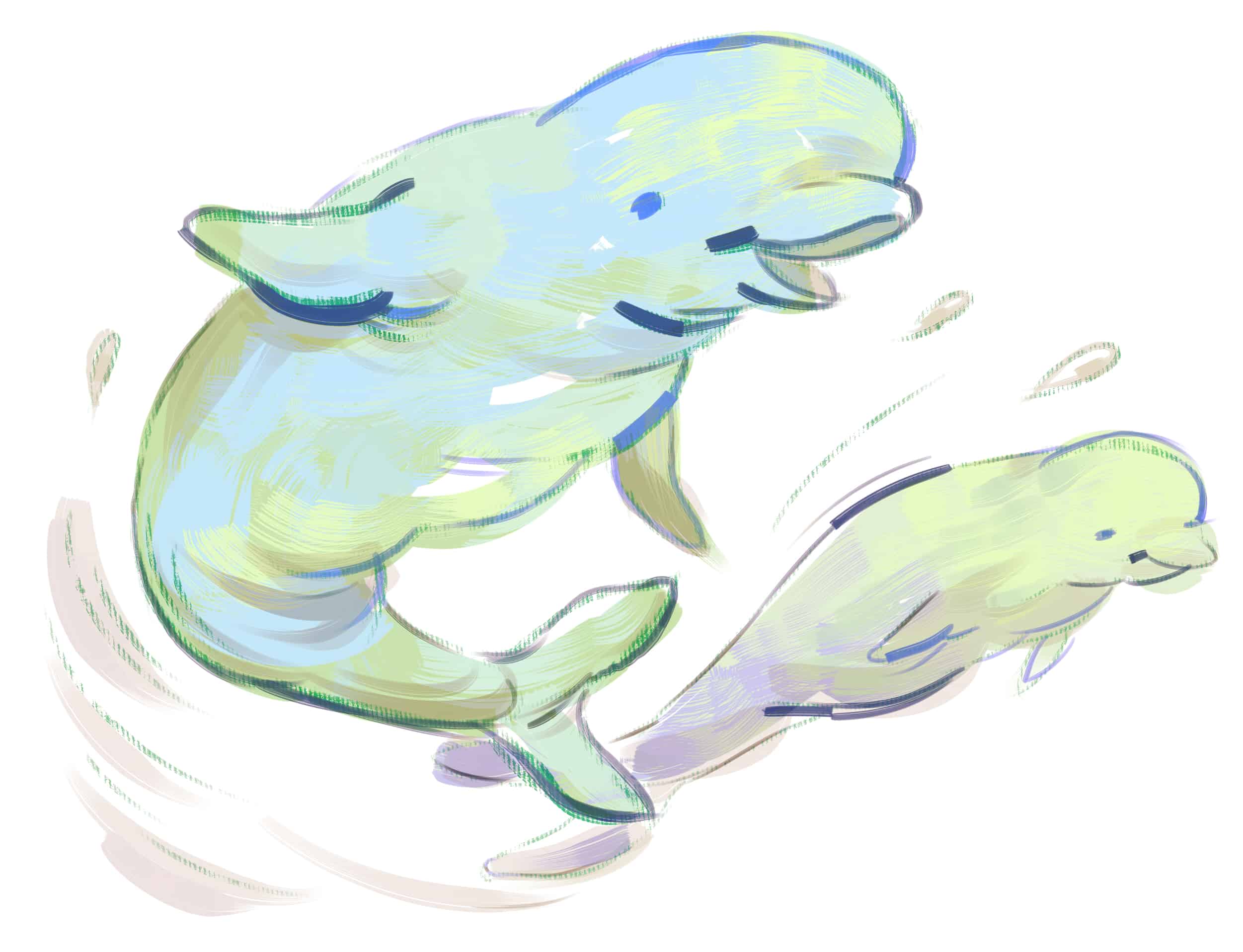Every year on February 12, the world celebrates Darwin Day in honour of the part-geologist, part-naturalist Charles Darwin, who is largely responsible for our understanding of evolution and the origins of life on Earth.
This year, the Royal Ontario Museum (ROM) celebrated Darwin Day with a lecture on whale evolution, given by Nick Pyenson, the curator of fossil marine mammals at the Smithsonian Institution’s National Museum of Natural History in Washington, DC.
Pyenson covered some 50 million years of whale evolution and biology. A common thread throughout the lecture was Pyenson’s enthusiasm.
“Whales are the world’s most awesome creature. And I don’t mean that in the ‘cool, dude’ way, but in the really profound way. There is something really spectacular about all aspects of whale life, and we want to know more,” said Pyenson as he opened his talk.
As “awesome” as whales are, I was initially skeptical about the relevance of the lecture, as I could not immediately connect whales to Darwin. After all, this was a Darwin Day lecture, and the nineteenth century naturalist is typically associated with creatures like finches and barnacles.
Evidently ready for skeptics such as myself, Pyenson explained early in his talk that because whales have such a peculiar and unique evolutionary history, “studying the evolution of whales actually tells you a lot about how evolution works in general.”
For those unfamiliar with whale evolution, it truly is a spectacular story: the ancestor of all modern whales was a land mammal. Some tens of millions of years ago, a land mammal, and a peculiar-looking one at that — Pyenson showed an illustration of Pakicetus, the ancestor to whales, which looks like a furry crocodile with dog legs — began to adapt to life at sea, despite spending hundreds of millions of years before that adapting to life on land.
Although we know for certain that modern whales evolved from land mammals — their closest terrestrial relative is the hippopotamus — we still don’t know why they went back in the water. Darwin once called the origin of species “that mystery of mysteries.”
Thinking about whale evolution, it is easy to see where Darwin was coming from. Pyenson said that our best guess is that whale ancestors either saw an opportunity to capitalize on unexploited resources in the water or were outcompeted from the terrestrial realm through competition. Either way, these hypotheses are general at best.
To understand the whale evolution story, Pyenson reminds us that it helps to think like Darwin. Darwin was first and foremost a geologist. Having this background allowed Darwin to apply the concept of deep time — the 4.5 billion year time frame within which Earth has existed— to his theories on evolution.
Tying this back to whales, Pyenson remarked “you only get whales from terrestrial ancestors if you have a lot of time.” Serendipity, which is exactly what Pyenson experienced in his quest to understand the origin of whales.
In 2010, during an expansion of the Pan-American Highway in the Atacama region of Chile, construction workers came across a fossil bone bed. The discovery turned out to be the densest site of fossilized whale remains ever discovered.
Aptly dubbed Cerro Ballena — Spanish for ‘whale hill’ — the discovery contained the near-complete remains of 10 different types of marine vertebrates. This included the remains of Odobenocetops, an extinct whale ancestor with walrus-like tusks that had previously only been found in Peru.
Pyenson explains that an accumulation like this was likely the result of a mass die-off. Full community die-offs like this one are important in paleontology because you can infer much more about how an animal lived by looking at its community rather than just an individual skeleton.
The Chilean whale story is exciting in itself, but since it was Darwin Day, it was worth noting the coincidental connection between Chile and Darwin. In 1835, during his infamous HMS Beagle voyage, Darwin experienced an earthquake that leveled Concepción, Chile.
Surveying the aftermath, Darwin noticed that marine shells from the coast had been uplifted. Travelling inland toward the Andes, Darwin again noticed uplifted marine shells, but this time much older and much higher in elevation. These observations made Darwin think about how small gradual changes over long geologic time can add up to much larger changes.
In other words, Darwin realized that shells from the bottom of the ocean can eventually make their way to mountaintops through millions of years of incremental uplift. These geological observations helped Darwin shape his theory of natural selection, which follows the same principle that small gradual changes over long periods of time can have a great impact.
By the end of Pyenson’s talk you could see why whales evolution was chosen to celebrate Darwin Day. The story of whale evolution research embodies many principles that Darwin held, namely curiosity, open-mindedness, and of course, serendipity.
Pyenson remarks in his book, Spying on Whales, on whale evolution that every biological specimen contains a story, “some mundane, others that could rewrite textbooks.”
This made me think of Darwin as he travelled on the HMS Beagle: when he observed those shell fossils in the Andes and those finches with funny beaks in the Galapagos, did he think that those specimens would rewrite textbooks? Likely not — hindsight is 20/20, especially in science.
This is why we celebrate scientists like Darwin, to remember that sometimes it is not our educational background or experience that leads to great scientific discoveries, but instead our curiosity and open mind.


